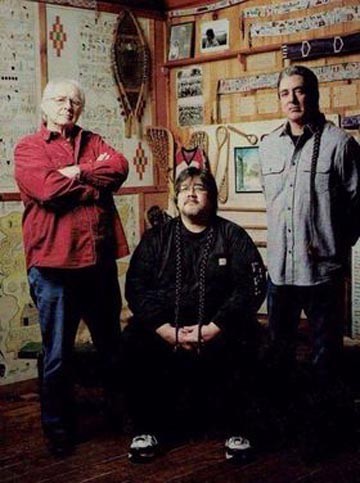
John Fadden grew up within the Mohawk community of Akwesasne, which comprises bits of northern New York and southern Ontario and Quebec. In 1954, his parents, Ray and Christine Fadden, opened the Six Nations Indian Museum in Onchiota, New York. With his family, John, a retired art teacher, continues to operate the small museum, whose role is to educate others about the history, culture, and contemporary realities of the Haudenosaunee, or Iroquois Confederacy (Mohawk, Seneca, Onondaga, Oneida, Cayuga, and Tuscarora), including a land ethic in which people are not omnipotent, but on equal standing with plants, animals, and the other elements of nature.
There’s an oft-told story that the Indians never lived in the mountains, but the Adirondacks are part of the traditional lands of the Mohawk (Ganienkehaka) Iroquois. There were no huge settlements here, but they were here. In a sense, this was similar to the demographics of today, with larger settlements in the valleys, but hardy folk living here year-round. In the museum collection, we have some artifacts that attest to that. We have a dugout canoe from Lake Placid, about 200 years old. We have a pottery bowl that’s about five centuries old that was found near Silver Lake Mountain. We also have pottery shards from the base of St. Regis Mountain. We have a scraper that was found along True Brook. All of these things were found accidentally, it wasn’t the result of some archeological dig.
They knew the place like the back of their hands. They used the rivers, the Ausable and Saranac to get to Lake Champlain, north up the St. Regis River and the Raquette River and the Grasse River. That’s where Akwesasne is, where the St. Regis River and the Raquette River enter the St. Lawrence River. That’s why the large community is there, because there’s tremendous good fishing from all the rivers, and the soil is quite fertile.
My father has some Mohawk ancestry, and my mother is from Akwesasne. My seventh great-grandfather on my father’s side immigrated from Scotland. I forget the year, but it was before there was a United States. On that side of the family, we’ve been in the Northeast for seven or eight generations. On my mother’s side we’ve been here thousands of years. It’s a nice feeling to know that part of my genetic makeup has been here for that long period of time. We are a part of this place.
My father was the driving force in the museum. From his youth, he was always interested in Native Nations. He’s more interested than a lot of Indians about this stuff. He learned there was a group of people who had a close affiliation with nature, and those were Native Americans, or First Nations people, Indigenous People. They, traditionally, had this close sense of nature, because they lived right within it. He had this feeling of closeness to all of the critters out in the forest and the trees and the plants and the waters and the sky and the mountains. He loved the woods. He learned a lot about animals. He even learned to mimic bird calls. He was really good at that. He became a teacher and taught at Tuscarora Elementary School on the Tuscarora Reservation, and at the elementary school at Akwesasne.
He read tons of books about Native people. He learned to make beadwork items and produced other Native crafts. He visited various museums, reservations, and met people of similar interest. And he discovered that these people who were indigenous were really ill-treated subsequent to 1492, to the point where many people were murdered or enslaved, and their cultures were disrupted. He had a sense of trying to protect that history so that it wouldn’t go away.
The reason for the museum was to educate people about the Native people and to try to fight against these stereotypical views that a good share of Americans have. It was beyond an interest. It was a passion that he had about this. He made this museum, and he talked with the visitors, and he told stories and he told the history. He told it with feeling. It wasn’t like a cold, academic expression. He lived to be 98. Maybe a decade before that, he turned the museum over to my wife and me. I have the same feelings that he had, but I’m not as passionate in my delivery, and my sons are similar. I think we are trying to replace him in a way, but there’s no way that we can. He was a dynamo.
The Haudenosaunee (“People of the Longhouse”) view everything as a circle with everything more or less equal. We’re all related. In a sense, we are related to all things of reality. The earth is our mother. The moon is our grandmother. The sun is our elder brother. That view, also, reflects the Haudenosaunee land ethic.
Traditionally, the Mohawk and others of the Confederacy formally expressed their spirituality through various ceremonies throughout the year in a cycle of thanksgivings directed toward the nature, toward the forests. For example, during the advent of spring, the cycle begins with the Maple Thanksgiving. A few days pass and ceremonies, dance, song, giving of thanks to the maple tree occurs. This is due to the fact that for millennia the Haudenosaunee tapped the maple tree for its essence. When doing the Maple Thanksgiving, thanks is also being given to all of the trees that enhance our lives. There’s a Longhouse at Akwesasne, over 100 feet long, and people gather there during these formal ceremonial events.
Native people today, they’re very much, from a day-to-day level, like anyone else in North America. They’ve got a job of some sort, make a living in some manner. You may have a garden, but there’s a lot of things you have to purchase at a store. You can’t just live off the land like you used to a long time ago. There’s some people that try. They have huge gardens to sustain themselves. And instead of hunting deer, they’ll have cattle or pigs. There’s a number of people at Akwesasne that do that, and some that don’t. Within the Native community there are devout traditionalists (Longhouse People), and there are devout Christians (all denominations). In between those extremes are people who reflect both.
Most Native people have Anglo or Francophone names, and many also have a Mohawk name. Mine, for example, is Kahionhes, which translates to “Long River.” My wife, Eva, has the name, Karonhisake, and that means “Searching Sky.” Most of these names reflect elements of nature. The family or clan names are of the animals. There are nine clans scattered throughout the Six Nations: Bear, Wolf, Turtle, Heron, Hawk, Snipe, Deer, Beaver, and Eel. My mother was a Turtle Clan. As her son, I’m a Turtle Clan as well. I don’t take my father’s clan. My mother’s mother or grandmother had the right and the obligation to give me my Mohawk name. You don’t use that name every day. Everybody in your family knows what it is.
At 81 years of age, I don’t romp around in the woods much anymore, and my favorite place is my screened-in porch watching the bird feeders and scraps table. Who comes are raccoons and a fox, and the squirrels and chipmunks. We had hardly any chickadees this summer, but there were blue jays, gray jays, white-throated sparrows, hummingbirds. Occasionally as I look out, I see deer near the tree line. They like fields better than what’s here. Back in the day when my father was around and able, he would put scrap meat and suet behind his house, back up on a rock. One year there were 19 different bears he could recognize. This summer we had a mother raven and three of her youngsters, and they were wicked noisy. The young ones just left, but the mother is still around.
The closest neighbor that I’m not related to is about a mile away. Two of my sons are right here nearby, and the third son lives at Akwesasne. There’s also a sister-in-law and two nephews nearby. I like the isolation here. It’s just a bunch of red maples and spruces and pines. It’s very rural and woody. Except the winters last too long.


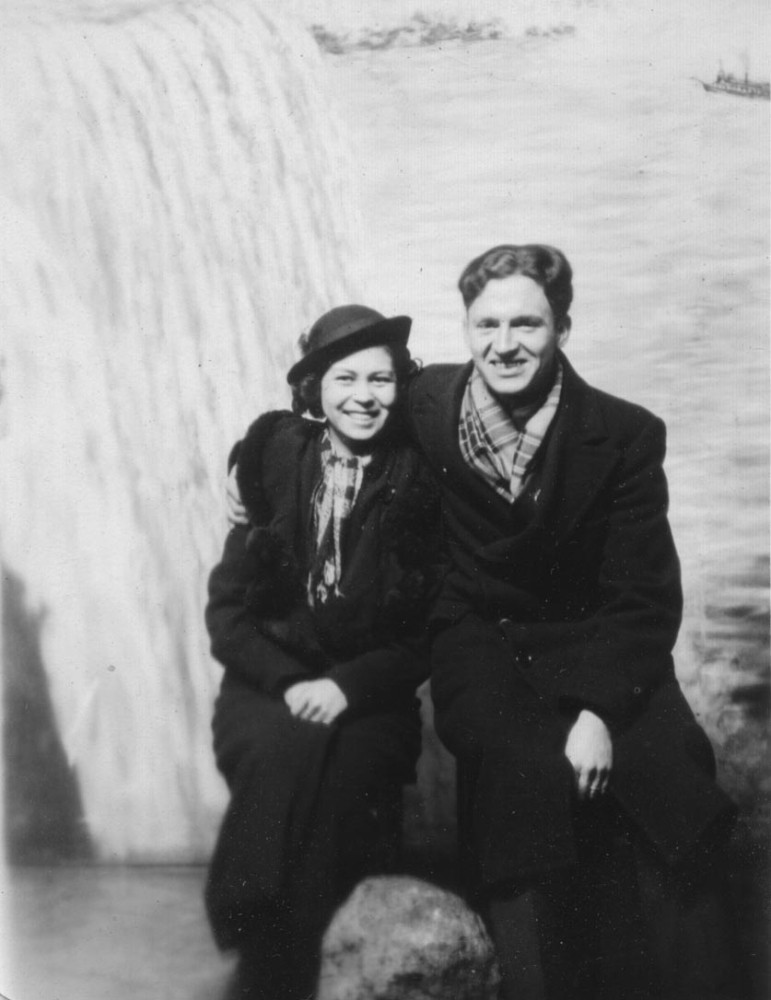
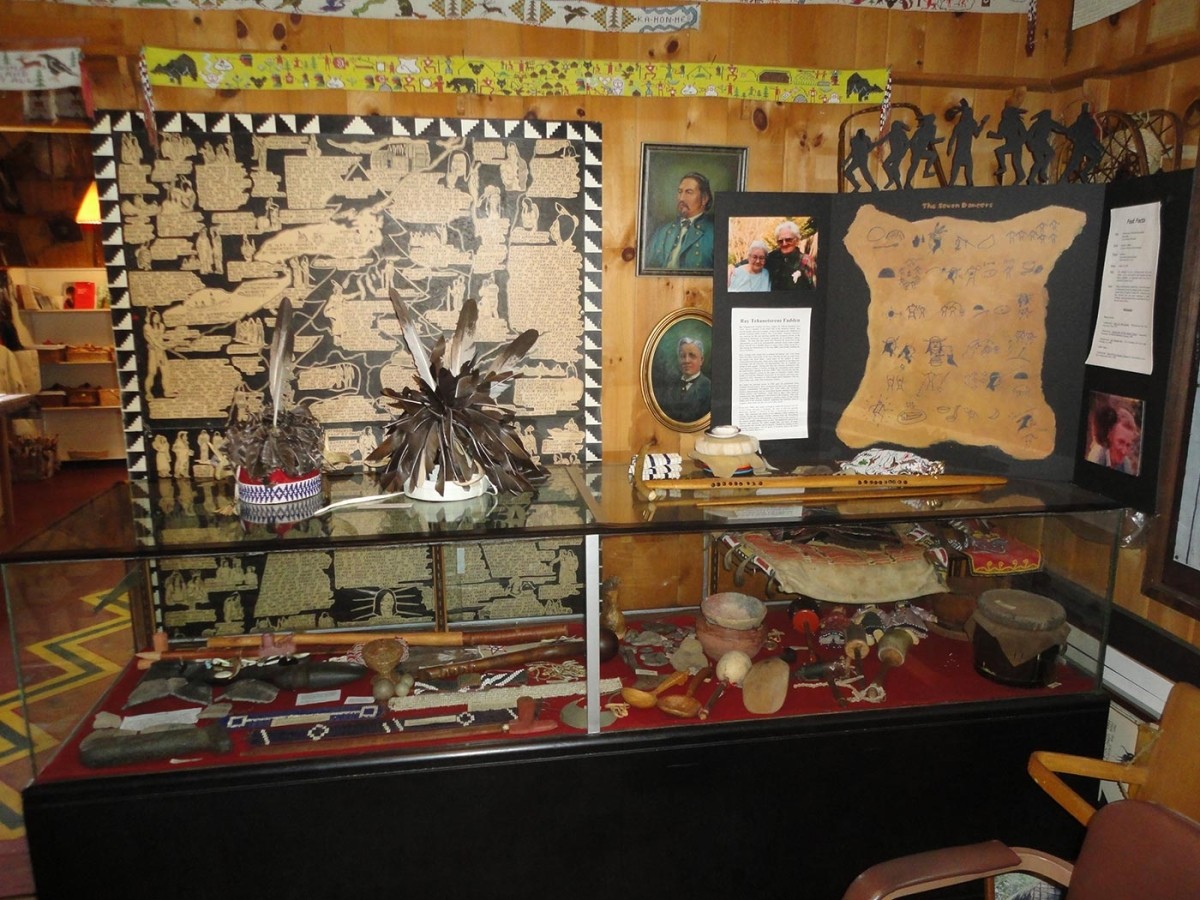
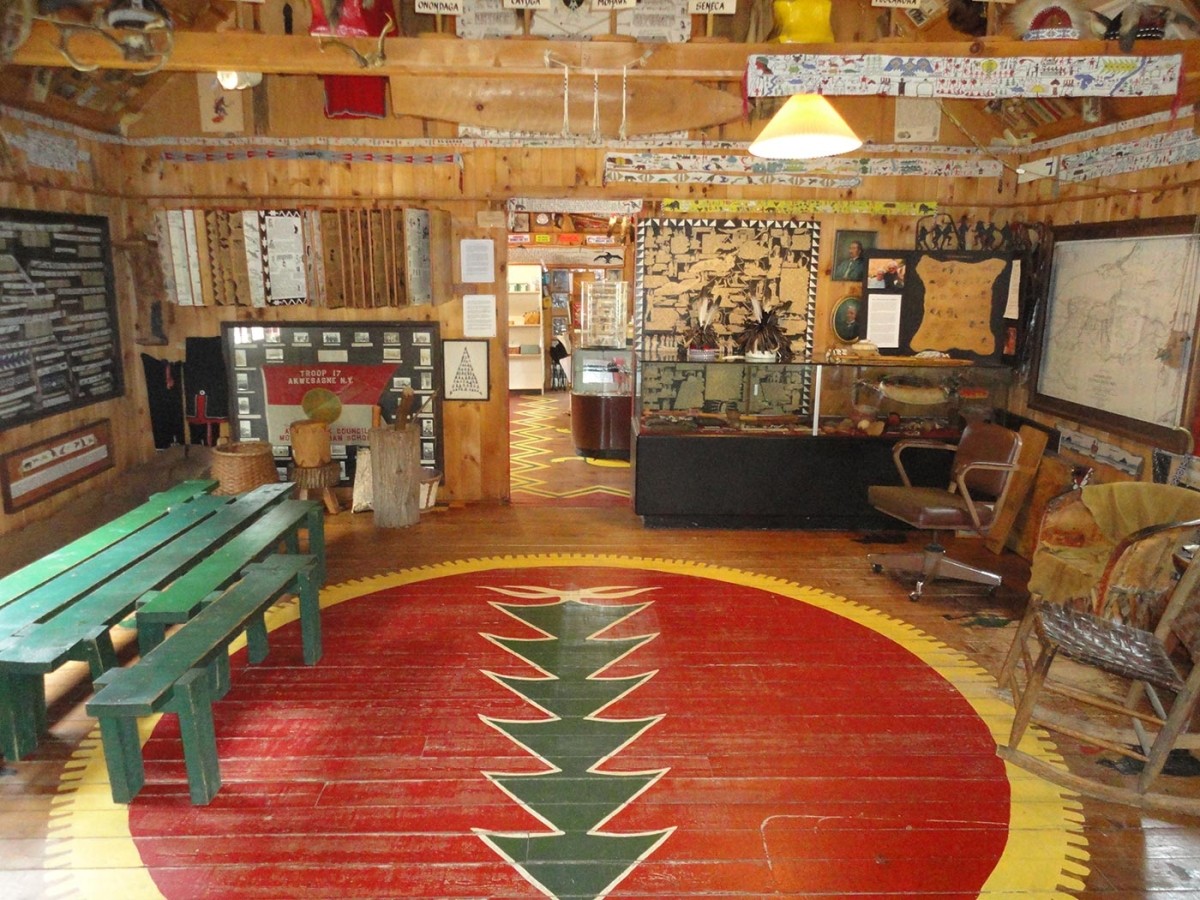
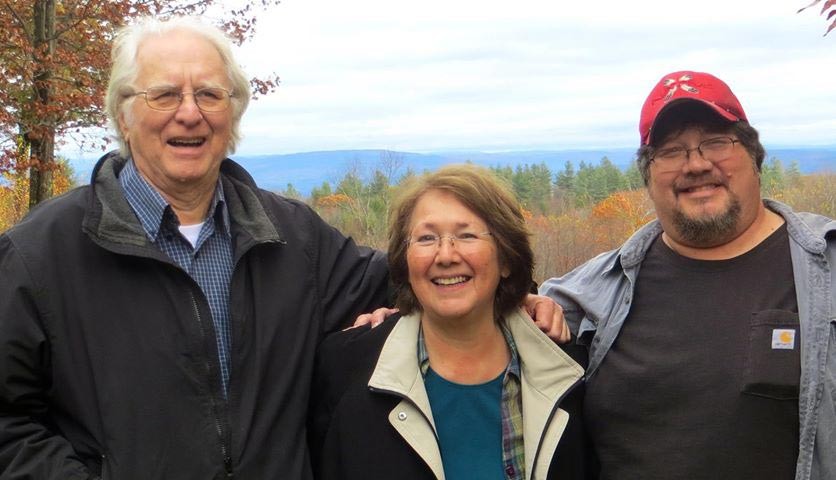
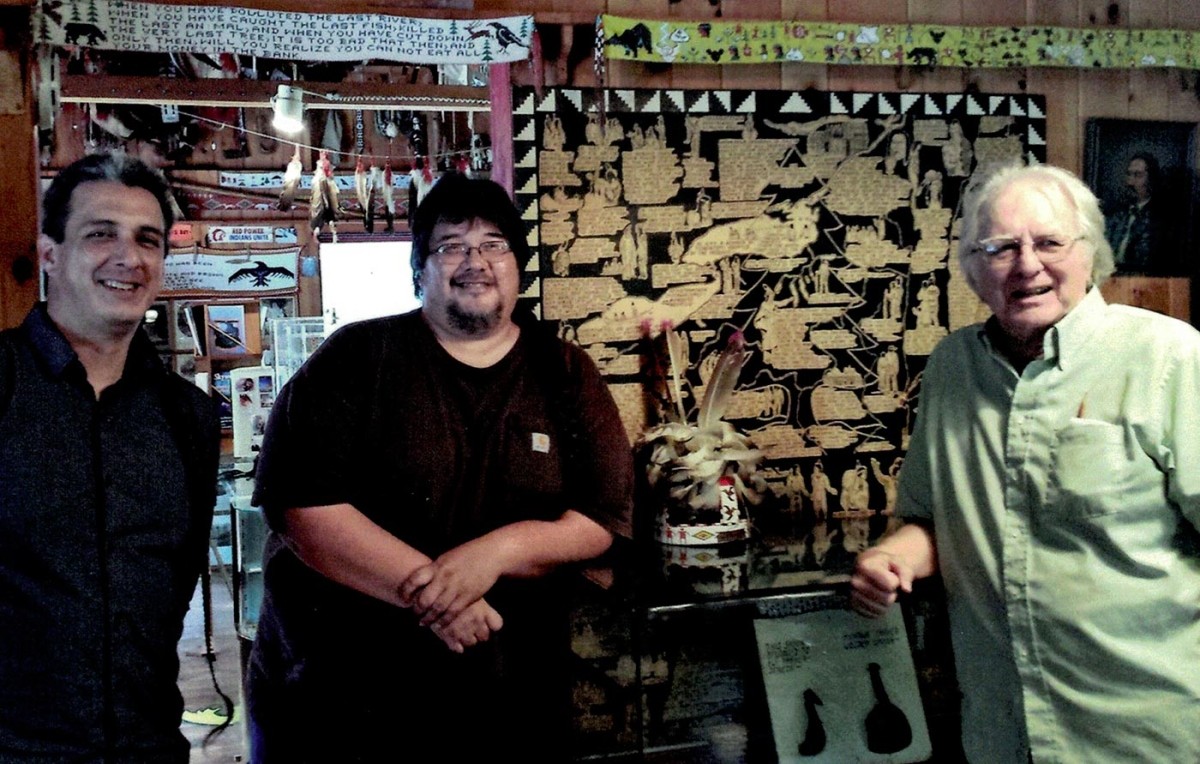
Discussion *